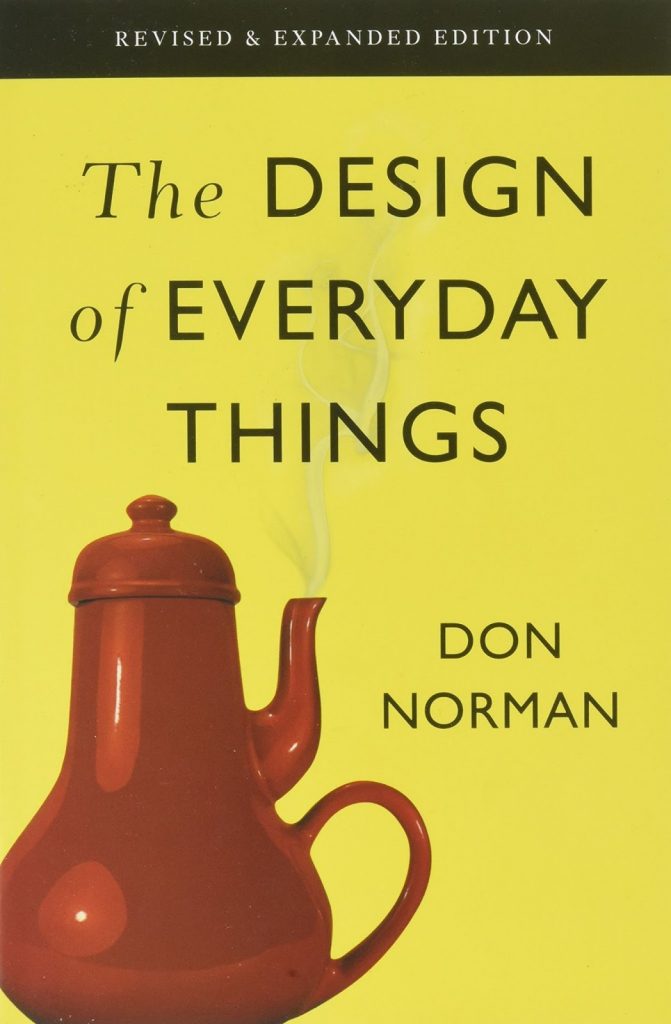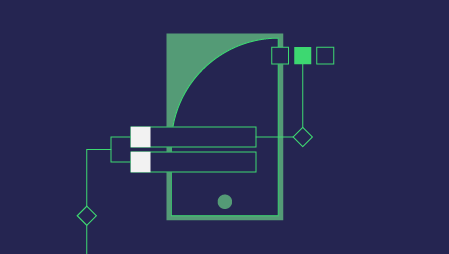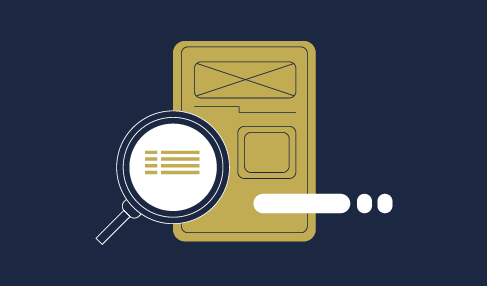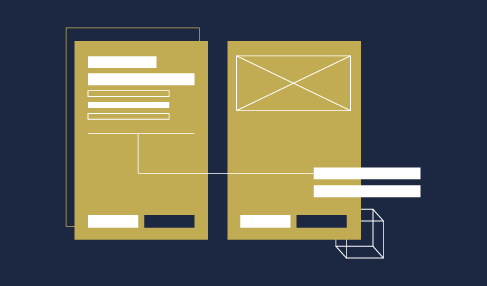How to become a UX/UI Designer, and Why?
By Jason Gaghan
“The more we learn, the more we discover how much we do not know.”
-Yoda
These words have never become truer in a quest to become the best version of a UX/UI designer. As you may have noticed, I said “the best version.” You never are really done learning in user experience because the playing field is always changing and the curve never stops turning.
Let me give you a brief history as to why I became a UX/UI designer. Once graduating with an animation degree from a Pennsylvania state school, I soon realized that my hopes and dreams of doing any decent animating quickly died out. I graduated and realized the southeastern PA area was a cold spot for animation jobs.
To boil it down even more: Graphic Design – Web Design – UX/UI Design.
There you go! The magical path to success.
But, in the real world, it all has to start with a genuine desire to want to make things work better in the world. You constantly look at everyday things and processes and haphazardly try to figure out a better way for them to work for human interaction. If you do not possess this drive, please close this article and move along. Creating eye-catching designs is one thing, but creating designs that are intuitive and useful to different types of users is essential. Every profession calls for a desire to achieve success at a high rate through passion, and user experience/user interface design is no different.
But, if you do possess this drive, please keep reading. As you can see, not only does a UX professional need to constantly look through other people’s points of view, but they also need to possess the ability to see how to positively improve these points of view. Just like good and bad design, there is also good and bad UX design.
One also has to realize that user experience is not just one thing. There are many facets to user experience that should be studied in order to become a well rounded UX/UI designer. Here is a non-complete list with a little description of each:
- Information Architecture – organizing content, so that users can easily adjust to the functionality of the product and find everything they need without a big effort
- Accessibility – the idea of making sure an interface is designed to work with any handicaps such as colour blindness, extreme vision issues, total blindness, and possibly deafness.
- UX strategy – the idea of approaching a new design problem, or current problem with the user’s best intentions in mind, and making sure business goals are always aligned with user goals. Be “the voice” for the user in meetings with stakeholders or other professionals.
- User research – the process of gathering information from either new or master users of a product in order to facilitate intelligent information when deciding design goals
As one could realize that their professional ceiling is closing in on them, UX can be the next golden ticket to career advancement. Many industries are looking for UX/UI designers. This profession brings a certain viewpoint that most stakeholders and other non-creatives do not possess, and this viewpoint is critical to the success or failure of a product, process, or application. This ability must first come naturally so it can be finetuned through training and education. And, this ability is called EMPATHY. To have empathy (different from sympathy) is to have a decent amount of emotional intelligence. Not all professionals or human beings possess this ability. To have empathy is to be proactive in improving human interactions with the world, and not to be reactive when things start to go wrong. The saying, “to see the forest through the trees”, comes to mind. This is what makes a great UX/UI designer stand out from the run-of-the-mill designers.
There are so many ways to get started that it can be a little overwhelming at first. There are continuing education programs, boot camps, books, seminars, certification programs, YouTube, online talks, etc. The list goes on and on. Depending on your situation in life, find the education style or styles that fit your free time.
Books are great. Don’t be afraid to start your own personal library as you can refer to them over and over again in the future. The one book that ALL UX/UI designers or specialists should read is by Don Norman, the father of user experience. It is called “The Design of Everyday Things”. It breaks down the thought processes of how humans interact with everyday items in a fascinating way. Other books to pick up should spread across the facets explained earlier.

Another way to educate yourself is through online bootcamps and certification programs. Bootcamps are the cheaper, quicker way to get an understanding in other avenues of UX, such as research. The only drawback is that you will not get as deep of an education as you would receive from a certification program. Certification programs are one of the best ways to become educated to a professional level. Not only do you get a much deeper education, but you also carry a certification that carries weight and makes you much more employable. But, on the opposite end of the spectrum to bootcamps, these can be costly and can take much longer to complete. Bootcamps are about four to six weeks long whereas a certification program can take months to finish.
UI design is taking what UX does and applying a delightful interface on top of the intuitive structure. This is where color, fonts, spacing, and other visual elements come into play in order to support and bolster the intuitiveness of the groundwork you’ve laid out. Studying graphic design foundational theories will help boost this as color theory, typography, and visual balance are explained and taught.
Good luck in beginning a possible path into the world of user experience. It is a humbling as well as fascinating world that will open many eyes and doors to a fruitful future.





